WWII resulted in the victory of the Allies (USA, France, Britain, and Russia), but since Russia had different plans for how to rule Germany (primarily by communism), it split from the others and took over East Germany including East Berlin. The other countries shared control of West Berlin. On August 16, 1961, more than 15 years into the Cold War, Russia put a wall up in the middle of the night in Berlin to prevent East Germans from traveling into the capitalistic West Berlin. The Wall was torn down on November 9, 1989, partially as a result of Ronald Reagan’s speech addressing Mikhail Gorbachev, the leader of the Soviet Union, “Tear down this Wall”.
The Wall was shorter than I had imagined it; it was short enough that a man could possibly lift someone up on his shoulders and over the Wall. Of course, back when the Wall was in use, there were guard dogs, patrols ready to shoot, and other defenses that prevented escape. More than 170 people were killed trying to escape the hostility of the government. There was a strip of soft sand just past the Wall and illuminated by floodlights. In theory, the sand would reveal the footprints of the escapees, and the floodlights would help search in the night. Some people, however, did escape by jumping out of windows adjacent to the Wall, flying over the wall in hot air balloons, or driving through weak parts of the Wall at high speeds.
Although East Germany was keeping East Germans from entering West Germany, the Wall was actually all the way around West Berlin. Before the wall was built, many of the good workers in East Berlin were fleeing to West Berlin because they didn’t believe in communism. Russia was afraid that the economy would crash without its good workers, so they built the Wall around West Berlin. Being a society of capitalism and freedom, West Germans were allowed to enter East Germany, but under strict East German regulation.
Parts of the Wall still remain standing for the memory of the Cold War and the political strife and oppression of the times. These small pieces remain as a symbol of the hostility and division the country experienced. The Wall now is covered with graffiti, another sign that people have the freedom to express themselves artistically. Some of it is commissioned and some of it is a free-for-all. We even saw a couple different groups spray painting designs and names on the Wall while we were there. This is a reminder that Germany is once again a united and free country and the Cold War is long over.
The Berlin Wall was built by the Soviets to keep tight control of East Germany and many people were killed trying to escape. Some people managed to find ways out of East Berlin, but eventually the wall was torn down and Germany was reunited. The Wall now exists as a reminder of the country’s former oppression, but also as a symbol of Germany’s current freedom, expressed through graffiti.
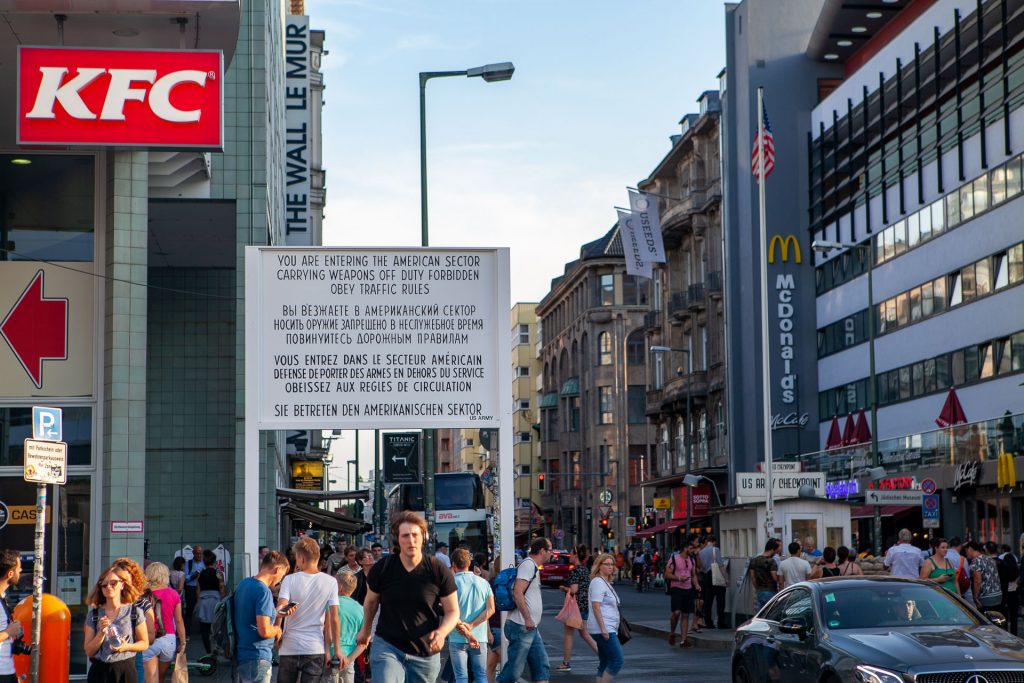


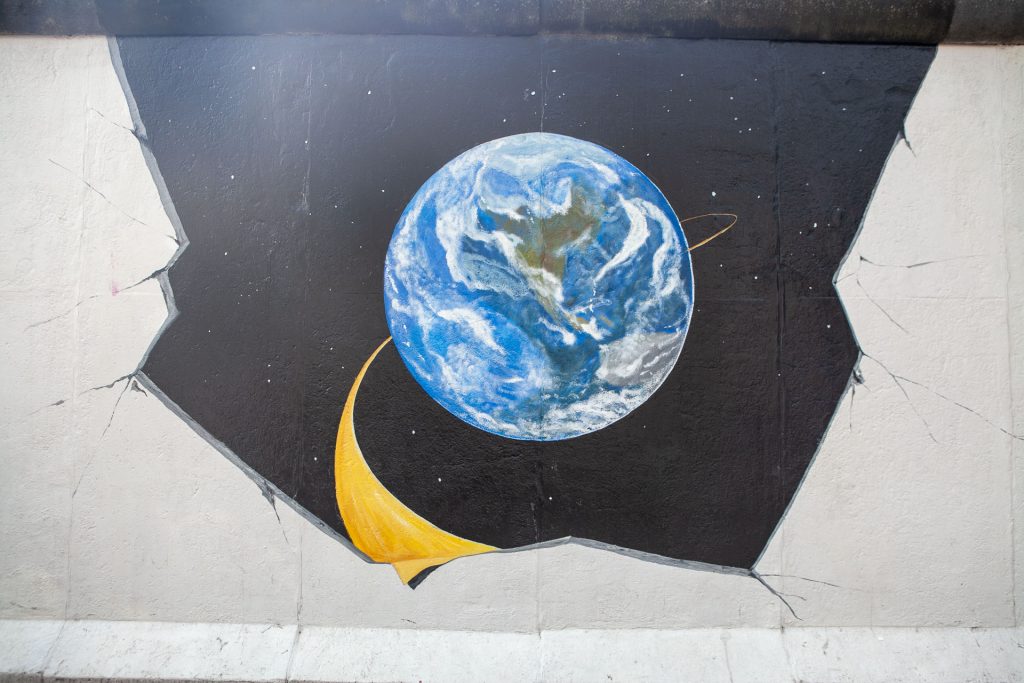
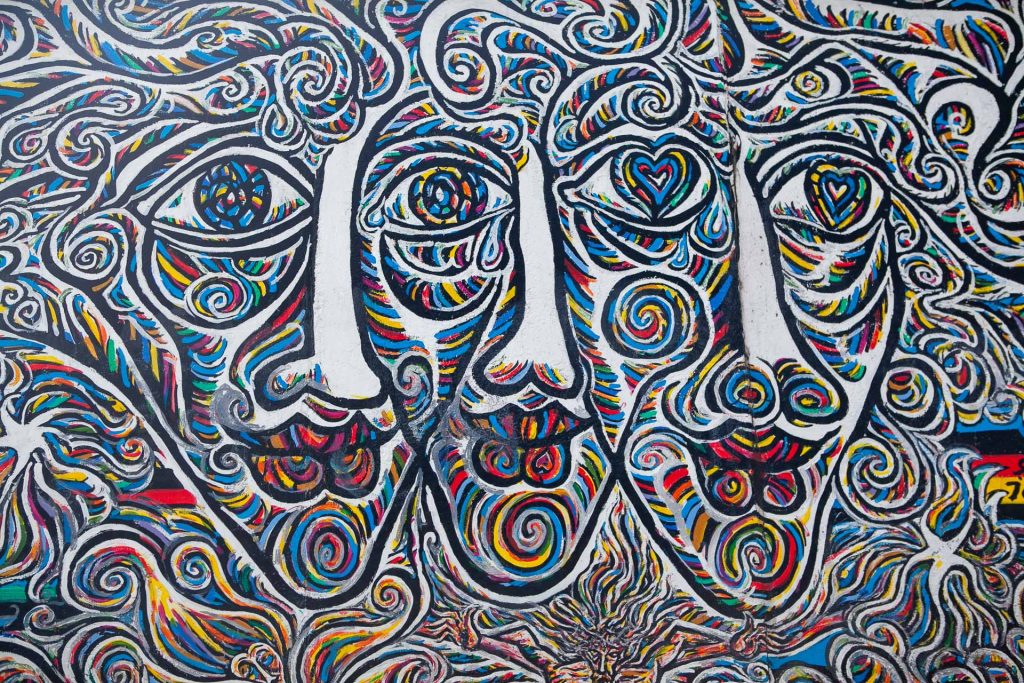
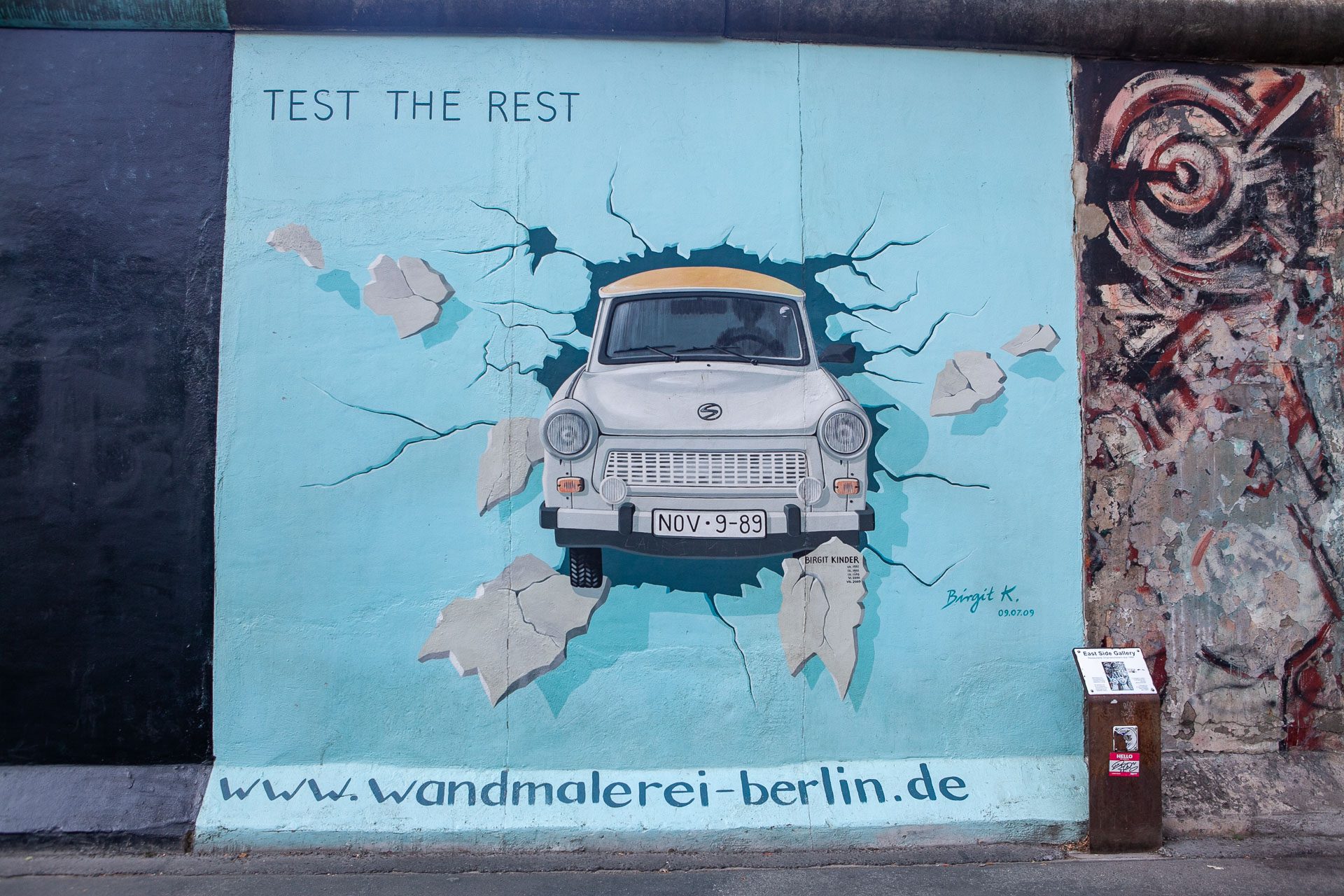


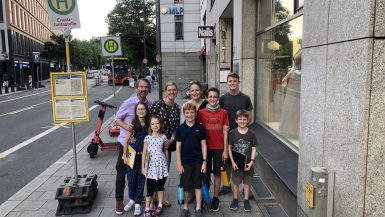
William, Great to hear of your experiences in Berlin, as well as your knowledge of the happenings. The pictures are great, blending with your words. Safe travels. Miss you, Mama Barrett
Thank you Mama Barrett!
Dear William, again your writing about the Berlin Wall and the history behind it is so wonderful. That’s part of the history where is so unforgettable and full of pain and suffering. Your article helps me again to be grateful for the freedom in the place where I live. Thinking of your family and praying for God’s mercy and protection while you guys travel.
Thanks Mrs. Ruan! It was so interesting to learn about the Cold War, but as our whole family has mentioned, hard to hear what people went through.
William, great blog entry! We miss you but hope you’re having a blast and learning a ton:-)
—Mr. Higs
Thank you Mr. Higley!! I’m happy to hear from you! I miss you guys too, but am having a great time. Hope the school year goes well for you!